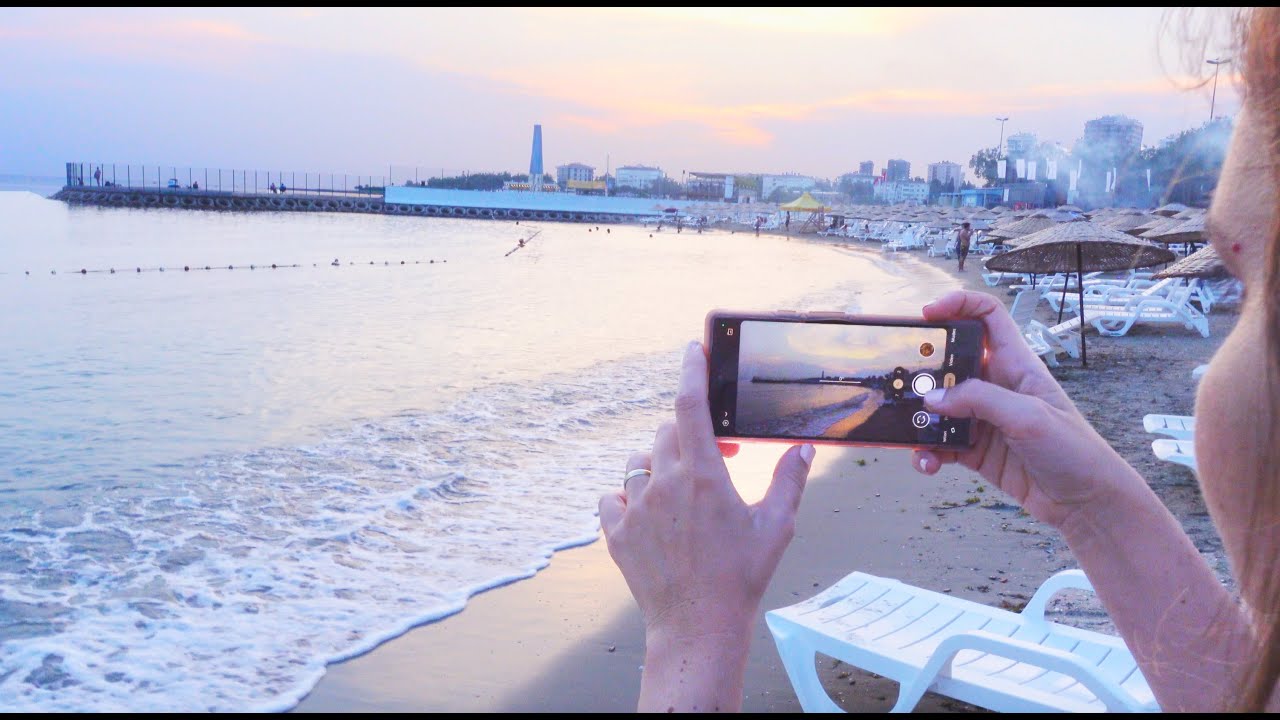PHOTOGRAPHY BASICS in 10 MINUTES
To master the Pareto Principle in photography, start by identifying the key factors that contribute to the overall quality of your images. This could include composition, lighting, subject matter, or post-processing techniques. Once you have identified these key elements, prioritize them and allocate your time accordingly. Spend the majority of your 10-minute practice session on improving these aspects, as they will have the biggest impact on the final result.
Next, break down each aspect into smaller tasks or techniques that you can practice and improve upon. For example, if you are focusing on composition, you can practice the rule of thirds, leading lines, or framing techniques. If lighting is your priority, experiment with different angles, natural or artificial light sources, and their effects on the subject.
By consistently practicing and refining these key elements, you will quickly notice a significant improvement in your photography. The Pareto Principle allows you to prioritize your efforts and concentrate on the most important aspects that will have the greatest impact on your work. In just 10 minutes of focused practice, you can unlock 80% of the potential in your photography, making it a valuable and efficient use of your time. So, embrace the Pareto Principle and start incorporating it into your photography practice to achieve better results in less time.

Understanding ISO: The Key to Controlling Light Sensitivity in Your Camera
Understanding ISO: The Key to Controlling Light Sensitivity in Your Camera
ISO, or International Standards Organization, is a crucial concept in photography that directly affects the light sensitivity of your camera. By understanding ISO, photographers can effectively control and manipulate the amount of light that enters their camera’s sensor, resulting in high-quality images.
ISO is represented by a numerical value, such as ISO 100, 200, or 400, and it measures the sensitivity of the camera’s image sensor to light. A low ISO value, such as ISO 100, indicates that the sensor is less sensitive to light, requiring more light to properly expose the image. On the other hand, a high ISO value, such as ISO 1600, indicates a greater sensitivity to light, allowing for proper exposure even in low light conditions.
Controlling the ISO is essential as it directly impacts the exposure triangle, which includes aperture and shutter speed. By adjusting the ISO, photographers can compensate for different lighting conditions, whether it be shooting in bright sunlight or capturing subjects in dimly lit environments. For instance, in bright daylight, a low ISO is preferred to minimize image noise and produce sharp images. Conversely, in low light situations, a higher ISO is necessary to capture enough light and avoid underexposed images.
However, it is important to note that increasing the ISO comes with a trade-off. Higher ISO values introduce noise or grain in the image, reducing its overall quality. Therefore, photographers must strike a balance between the desired exposure and image quality when adjusting the ISO.
In conclusion, understanding ISO is crucial for photographers looking to control the light sensitivity of their camera. By manipulating the ISO settings, photographers can effectively manage different lighting conditions and produce high-quality images. Nonetheless, finding the optimal ISO value requires striking a balance between exposure and image quality.
Understanding the Impact of ISO on Camera Body Prices and Light Sensitivity
As technology continues to evolve, the impact of ISO on camera body prices and light sensitivity is a critical aspect to understand for both professionals and enthusiasts in the photography industry. ISO, which stands for International Organization for Standardization, plays a significant role in determining the sensitivity of a camera to light. The higher the ISO value, the more sensitive the camera is to light, allowing for better performance in low-light conditions.
The impact of ISO on camera body prices is primarily driven by the advancements in sensor technology. Cameras with higher ISO capabilities often come with advanced sensors that can capture more light, resulting in better image quality. However, these advancements come at a cost, making cameras with high ISO capabilities more expensive than those with lower ISO ranges.
Additionally, photographers who specialize in low-light photography or work in challenging lighting conditions often prioritize cameras with higher ISO capabilities. This high demand for cameras with exceptional low-light performance further drives up the prices of these camera bodies.
Understanding the impact of ISO on light sensitivity is crucial for photographers to choose the right equipment for their specific needs. By having a clear understanding of the relationship between ISO and light sensitivity, photographers can make informed decisions when purchasing camera bodies. Ultimately, having a camera that offers a wide range of ISO settings and excellent light sensitivity allows photographers to capture stunning images in any lighting conditions they encounter.













